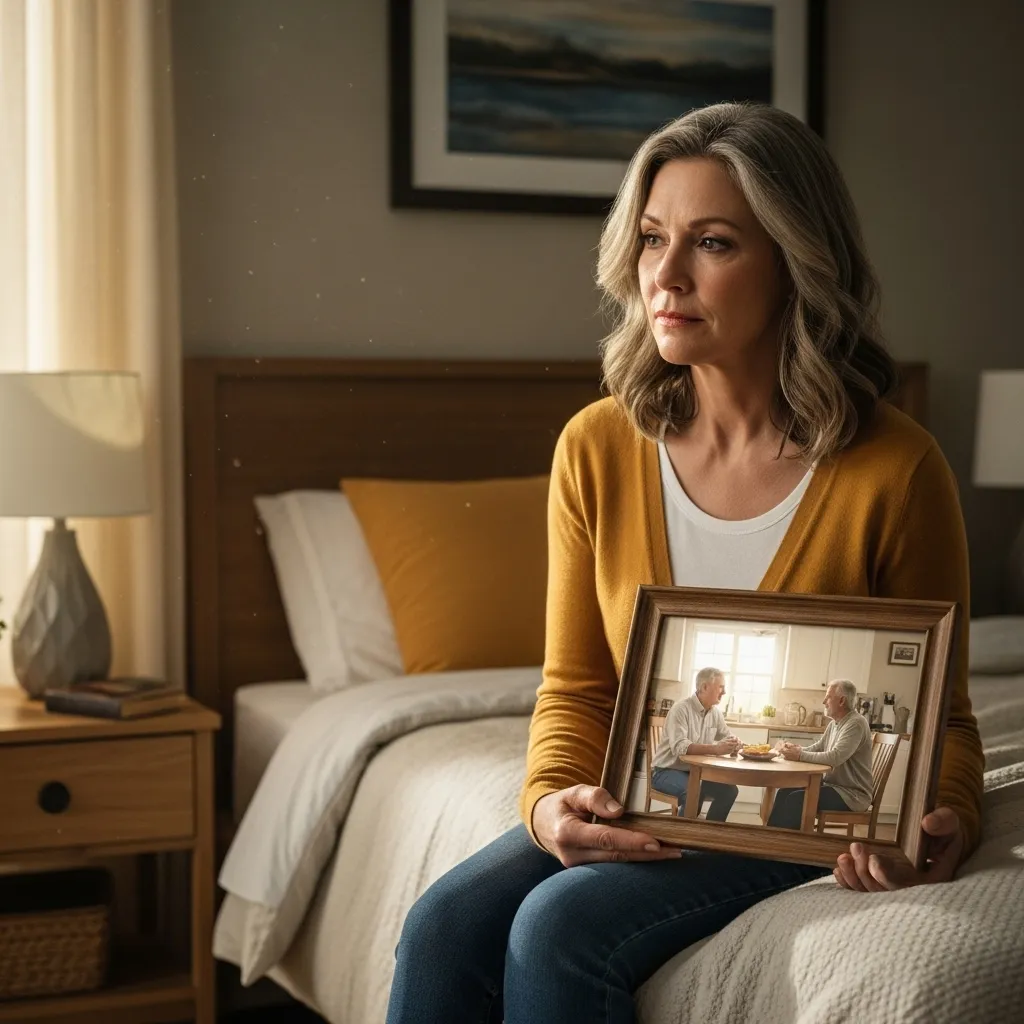
#7 Set Limits and Learn to Say “No”
Some stressors are out of your control, but not all of them. Overcommitting yourself might result in a higher stress level and less time available for self-care. Being in charge of your personal life might help you feel less stressed and maintain your mental health.
Saying “no” more frequently could be one method to do this. This is especially important to remember if you frequently take on more than you can handle, as juggling multiple obligations can leave you feeling overwhelmed. Stress levels can be decreased by being cautious about what you take on and saying “no” to things that would unfairly add to your workload.
Your stress levels can be lowered by being selective with what you engage in and saying “no” to tasks that will just add to your schedule. Furthermore, setting boundaries is a beneficial strategy to protect your health, particularly with those that increase your stress levels.
Are you curious if you suffer from anxiety? Check out the following article and find out a few key signs: 10 Subtle Signs of Anxiety You Shouldn’t Ignore














3 Responses
Good Stuff – I am a Senior Fitness Specialist, and will
be teaching a Yoga class this morning – will bring up
some of this info – Thanks, Karen
Week end get a ways, meditation , tai chi, playing guitar are also some stress reducing strategies….
Wow! I did not know about how crippling anxiety could be. This info is great.